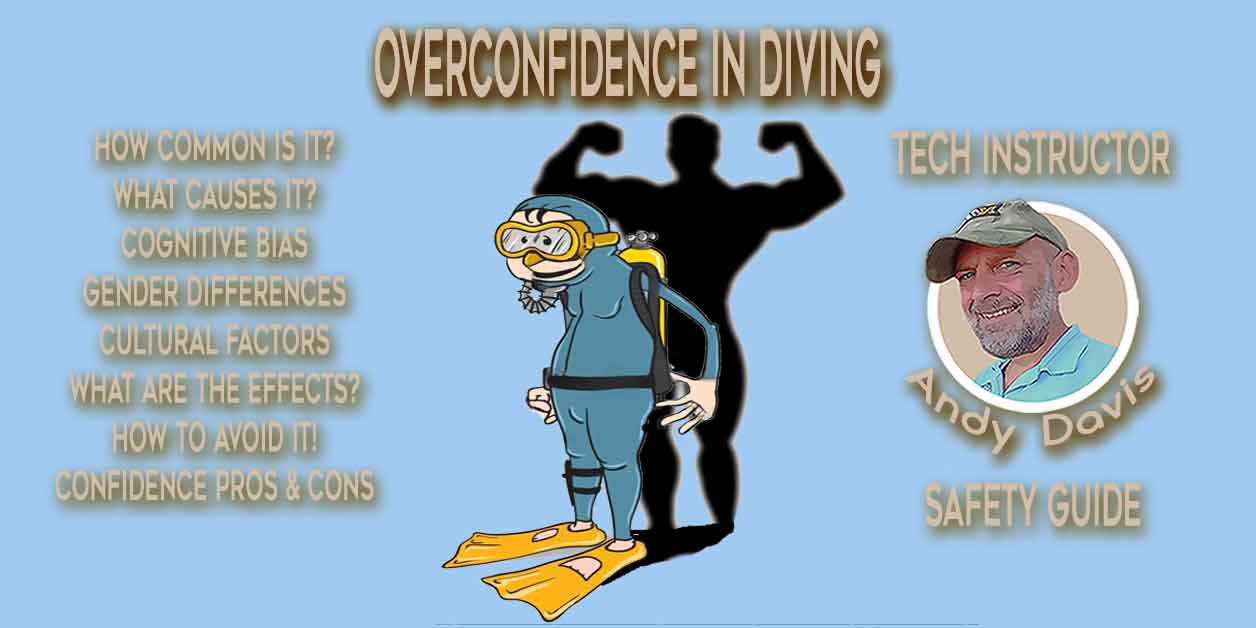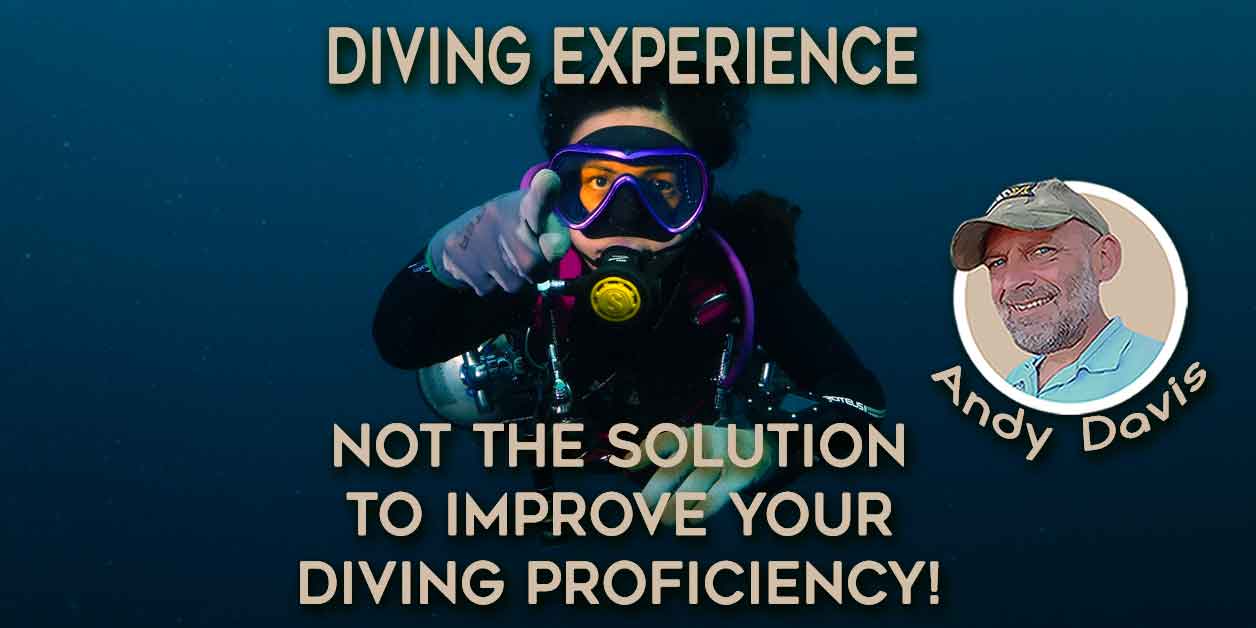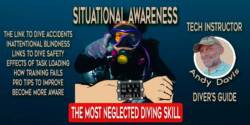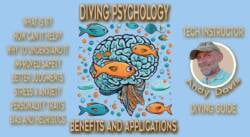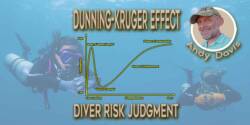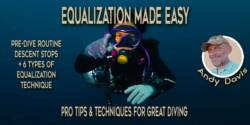Scuba Diving Risk Management: Heuristics And Dive Safety
Scuba diving is great fun, but staying safe underwater requires making a series of good judgments.
Even when we try our best to apply our training and safe diving practices, dangerous errors can occur. Sometimes that is because of heuristic thinking; but what exactly are heuristics?
In this article, I will explain what heuristics are, how they can negatively impact our scuba diving risk management, and how to effectively safeguard against the errors they cause.
What are heuristics?
Psychologists, Amos Tversky, and Daniel Kahneman, described heuristic judgments as mental shortcuts. We use them unconsciously for making snap decisions or solving problems with the least effort.
Their Nobel-Prize winning paper, “Judgment under Uncertainty: Heuristics and Biases,” explained how heuristic judgment, whilst useful, often induces cognitive biases that lead to catastrophic mistakes.
Using our reasoning capabilities burns a lot of calories. As a result, humanity evolved heuristics to reduce mental effort when making simple choices and decisions. So, whilst heuristics are fast, they can be inaccurate in some situations.
Heuristics can be understood as using intuition for problem-solving. It makes use of unconscious pattern recognition to provide simple decision-making in a complex world.
Yet, heuristics are only based on our past experiences and what might be most prominent in our minds at a given time. As a result, they may be far from optimal scuba diving risk management.
Advantages and disadvantages of heuristics
Heuristic decision-making has many advantages, including:
- It saves time and effort by simplifying complex tasks.
- It allows quick decision-making in time-critical situations.
- It helps us deal with information overload.
- It allows us to make sense of new information in context to what we already know.
However, heuristic judgment also has disadvantages, including:
- It can lead to biases and errors.
- It is influenced by emotions.
- It can be formed from unrelated experiences.
- It can overlook critical information.
- It can be dangerously inaccurate.
Risk management in scuba diving is reliant upon our capacity to foresee risks and predict our ability to deal with them. For that reason, we have to be cautious about the snap decisions heuristic thinking provides.
Examples of heuristics in scuba diving risk management
People make use of heuristic judgments all the time in their normal lives. When you look out of a window, it is a heuristic judgment that predicts whether you need to take an umbrella with you.
However, that heuristic judgment doesn’t stop when you start performing scuba diving risk management. For example, here are three well-understood types of heuristic judgment errors, and how they might occur when diving:
Representativeness Heuristic
The representativeness heuristic describes judgments based on how well something matches past experiences. Essentially, it is forming stereotypes or making knee-jerk predictions based on pattern recognition.
However, this process can easily make flawed assumptions by believing that seemingly similar experiences are more closely correlated than they actually are.
Examples of the representativeness heuristic in scuba diving risk management:
- Disregarding the risk probability of DCS because you’ve done repetitive, multi-day, deep diving on previous scuba diving vacations.
- Assuming that a dive will unfold based on past experiences at a dive site, rather than objectively analyzing the specific conditions when planning dives.
- Believing you will handle a real-life emergency with the same ease that you experienced during controlled practice on a diving course.
Availability Heuristic
The availability heuristic is when we make judgments based on the ease with which examples come to mind. As such, this mental shortcut operates on the notion that if something can be recalled easily, it must be important and correct.
Furthermore, it is inherently biased toward recently acquired information. Obviously, that means if we have not directly experienced something, we will be prone to assuming it will not happen to us.
In scuba diving risk management, the availability heuristic can lead to biased decisions. Most importantly, when individuals underestimate or overestimate the likelihood of risks based on their availability in memory:
- If dive training agencies constantly reinforce the safety of scuba diving, without balanced information about dive accident statistics, divers may subsequently under-appreciate the risks of scuba diving.
- When a divemaster briefs that a dive is within the diver’s comfort zone, the person may rely on that information instead of making their own calculated risk decision.
- Purchasing and relying upon a “Spare Air’ because the advert stated it would allow a safe emergency ascent.
Anchoring Heuristic
The anchoring heuristic is when we rely too heavily on the first piece of information we receive when making decisions. In doing so, we do not consider the reliability or accuracy of that initial information.
In essence, we become mentally “anchored” to whatever creates our first impression of something.
Examples of the anchoring heuristic in scuba diving risk management:
- Learning an unrealistic analogy that describes nitrogen narcosis as alcohol inebriation, then discounting their impairment because the symptoms don’t match that analogy.
- If a dive instructor demonstrates a disregard for depth limits, the diver may apply similar disregard in their future diving.
- When a dive guide reassures divers it is safe to follow them deep inside a wreck without the proper training, equipment, or procedures. The diver can then believe that it is safe for them to penetrate shipwrecks.
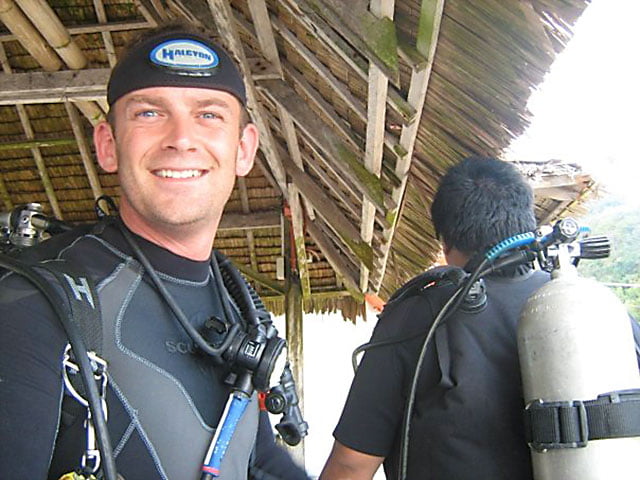
The impact of heuristics on scuba diving risk management
The influence of heuristics on scuba diving risk management cannot be overstated. When faced with uncertain situations, divers often lean on these cognitive shortcuts to make snap judgments.
For example, the availability heuristic comes into play when divers are deciding whether a dive site is suitable for them. If they’ve heard accounts from other divers who had a great experience there, they might suspend further research and safety evaluation.
As a result, they might be unaware of the site’s specific hazards, like strong currents or poor visibility.
Whilst heuristic judgment can be helpful in making quick decisions about things we know well, it’s important to acknowledge its limitations for the unknown.
Blindly relying on these mental shortcuts without evaluating where our judgment actually comes from can lead to accidents. For that reason, you must exercise vigilance about the accuracy of your assumptions and beliefs.
Purchase my exclusive ebook!
A comprehensive guide to the mindset and psychology of diving excellence.
$20 Printable PDF Format, 298 pages
Recognizing and mitigating heuristic errors in scuba diving risk management
Recognizing heuristic judgments and assumptions is a crucial factor in scuba diving risk management. As such, by understanding the ways heuristics lead to biases and errors, divers can make better-informed decisions to mitigate potential risks.
Here are seven ways to help avoid heuristic judgment errors when scuba diving:
- Be aware of heuristics: Recognizing and being mindful of heuristics can help you avoid them.
- Use reasoned thinking: Heuristics arise from spontaneous judgments. Engaging in more deliberate and effortful risk management planning can help you avoid relying solely on heuristics.
- Get the best information: Try to gather as much information as possible before making a safety-related decision.
- Seek alternative opinions: Try to be open to different perspectives, especially if they contradict your assumptions.
- Be realistic about your experience: Try to be self-honest about your true level of experience. What you have not yet experienced matters more than what you have.
- Remain flexible: Try to be open to reconsidering your dive plan if the reality doesn’t meet your expectations, the situation changes or unforeseen factors become apparent.
- Double-check your assumptions: Try to take a step back and analyze objectively, without relying solely on past experiences or the first information you receive.
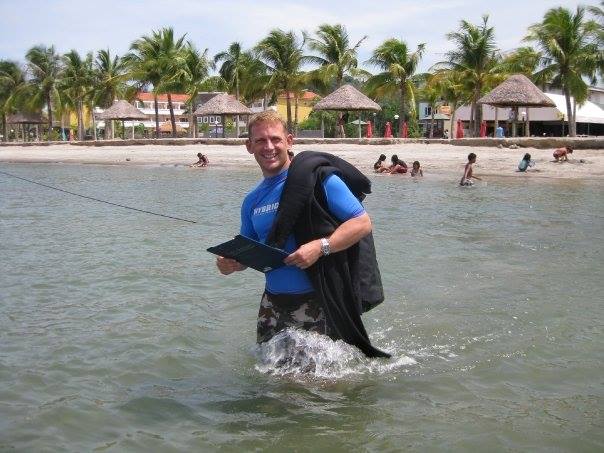
A practical approach to eliminating heuristic judgment when scuba diving
To compensate for faulty heuristics you should work to develop diligent risk management as a habit and apply formalized protocols to ensure safety.
As a result, you won’t rely on mental shortcuts that are prone to causing errors in judgment.
By prioritizing objective data analysis and following established protocols, divers can improve their safety and decision-making in high-risk situations
Analyze and understand the situation
To ensure a safe dive, it’s crucial to consciously analyze the situation and not leap to assumptions. Make it habitual to:
- Methodically assess the dive site and conditions
- Evaluate your training, experience, and diving gear.
- Consider your physical and mental state.
- Look for assumptions in your dive plan.
In return, you are more likely to foresee risks and make the right judgment calls. Ultimately, you should never take anything for granted, regardless of your diving experience level.
Increase situational awareness
When you go diving, it’s essential to keep your senses on high alert. Remaining analytical of the situation and yourself helps you realize when heuristic errors have been made.
As the dive progresses, ask yourself the following questions:
- Am I feeling stressed? If so, why?
- Are the conditions as predicted?
- Is my buddy handling the dive well?
- Is this how I visualized the dive would go?
- Are there factors that I did not anticipate?
- Were any of my dive planning assumptions false?
The aim is to remain mindful during your dive and make a habit of questioning how effective your judgments were before getting in the water. As a result, you can abort the dive or make critical changes to the plan when you realize things are going awry.
Utilizing checklists
Pre-dive checklists are a really effective safeguard against heuristic errors.
Firstly, they ensure that you won’t miss any crucial steps in your dive planning and preparation.
Secondly, they promote analytical thinking, rather than using gut instinct in your decisions.
Create a methodical and comprehensive checklist that covers risk assessment, gas planning, dive site evaluation, weather conditions, contingency protocols, gear checks, psychological readiness, and anything else applicable to your diving.
Be on guard for heuristics in your scuba diving risk management
In conclusion, heuristics are mental shortcuts used for making snap decisions or solving problems with the least effort.
Heuristics are useful but often lead to cognitive biases that can result in catastrophic mistakes.
Scuba diving risk management is highly dependent on accurate risk assessment and prediction of one’s ability to deal with diving risks.
However, heuristic thinking can negatively impact scuba diving risk management by overlooking critical information, applying stereotypes, and making biased decisions. It is crucial for divers to be aware of the potential errors that heuristic judgments can cause and take steps to effectively safeguard against them.
Four game-changing books to read that will improve your scuba diving risk management
Heuristics references:
- “Judgment Under Uncertainty: Heuristics and Biases” by Amos Tversky and Daniel Kahneman
- “Thinking, Fast and Slow” by Daniel Kahneman
- “Heuristics: Types, Advantages, and Disadvantages” by Kendra Cherry
- “Decision-Making Shortcuts: The Good and the Bad” by John E. Brush MD
- “Anchoring Bias: What It Is and How to Prevent It” by Kendra Cherry
- “The Interactions of Heuristics and Biases in the Making of Decisions” by Alice Newkirk
- “Heuristics Made Easy: An Effort-Reduction Framework” by Anuj Shah & Daniel Oppenheimer
- “Heuristics vs. Biases: The Difference” by Dianna Lesage
Similar Articles on Diving Psychology Topics
About The Author

Andy Davis is a RAID, PADI TecRec, ANDI, BSAC, and SSI-qualified independent technical diving instructor who specializes in teaching sidemount, trimix, and advanced wreck diving courses.
Currently residing in Subic Bay, Philippines; he has amassed more than 10,000 open-circuit and CCR dives over three decades of challenging diving across the globe.
Andy has published numerous diving magazine articles and designed advanced certification courses for several dive training agencies, He regularly tests and reviews new dive gear for scuba equipment manufacturers. Andy is currently writing a series of advanced diving books and creating a range of tech diving clothing and accessories.
Prior to becoming a professional technical diving educator in 2006, Andy was a commissioned officer in the Royal Air Force and has served in Iraq, Afghanistan, Belize, and Cyprus.
In 2023, Andy was named in the “Who’s Who of Sidemount” list by GUE InDepth Magazine.
Purchase my exclusive diving ebooks!
Originally posted 2023-03-27 18:39:43.








